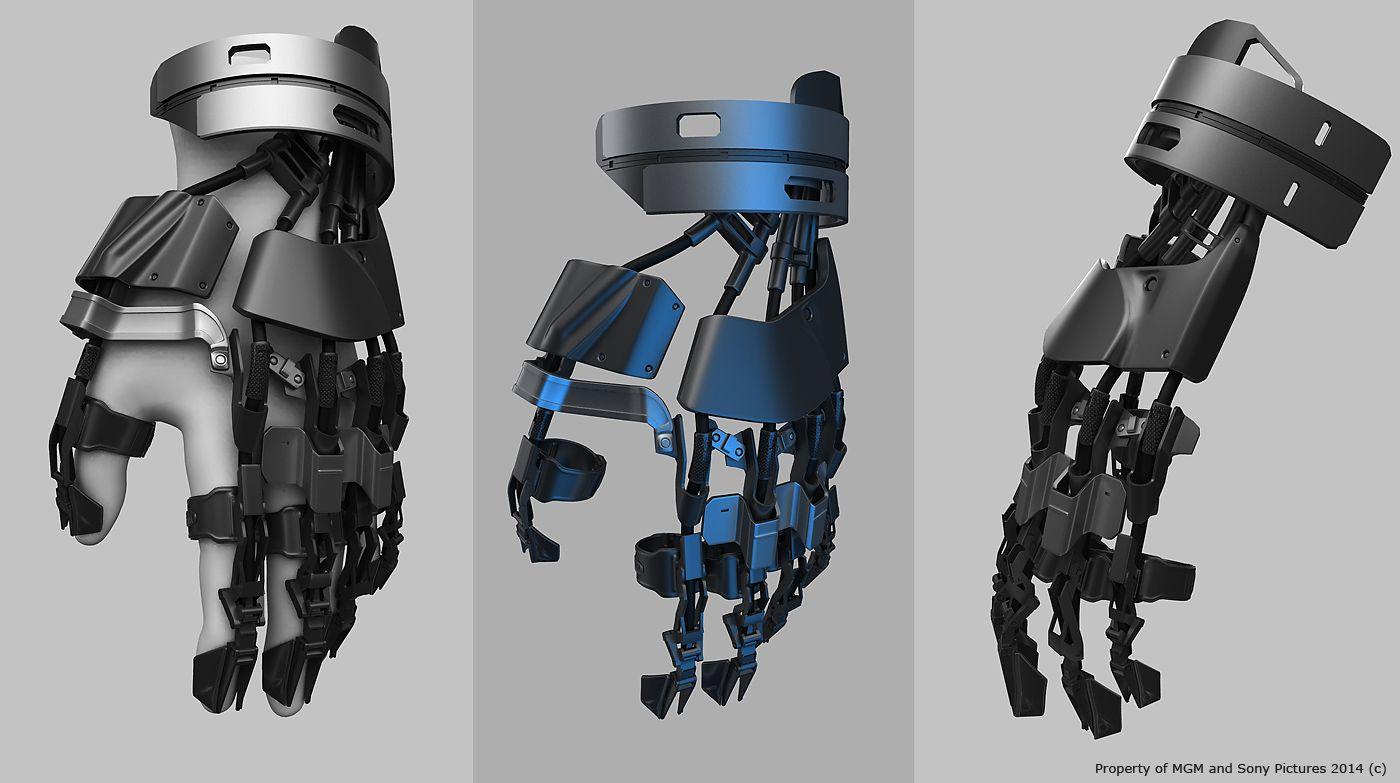Over the past few decades, researchers across the world have been working on developing advanced robotic systems that can enhance human capabilities. One such promising area of research is exoskeleton - robotic frameworks that are wearable and allow the user to perform beyond normal human capacity.
Military Applications
The military has long dreamed of having soldier exoskeletons that can help troops carry heavy loads over long distances, jump higher, punch harder and run faster while being protected by body armour. Several countries including USA, Russia, China and some European nations have been developing exoskeleton prototypes specifically designed for the battlefield. The US military's Tactical Assault Light Operator Suit (TALOS) is one such ambitious project. If successful, TALOS would enable a soldier to carry over 136 kg for over 25 km without tiring and also provide 360-degree situational awareness. Such super soldier suits could give armies unprecedented advantages in future conflicts.
However, there are still major technological challenges that need to be overcome before Exoskeletons are deployed for military use. Developing power sources compact and light enough to be carried by soldiers without hindering their mobility is one key area of focus. The control interfaces also need more refinement to allow natural and intuitive control of the exoskeleton by soldiers in stressful combat situations. With continued research and testing, military grade exoskeletons could become a reality within the next decade.
Heavy Industry and Construction
Exoskeletons also have immense potential to transform heavy industry and construction sectors by reducing workplace fatigue and injuries. Workers involved in tasks like lifting and moving heavy objects, working in awkward body positions for long hours and performing repetitive stress-inducing activities are at high risk of experiencing musculoskeletal injuries. A recent study found that over 30% of lost workdays in the United States are due to such injuries. By augmenting a worker's strength, endurance and range of motion, exoskeletons can help prevent many such debilitating and expensive injuries.
Several construction companies have already started experimenting with lower body exoskeletons from companies like Ekso Bionics, Sarcos, Panasonic and Daeshin. Wearing an exoskeleton, workers can lift items weighing over 23 kg easily and maintain safe posture for longer durations. This significantly reduces the physical toll of tasks like manual handling of construction materials and equipment. As exoskeleton technology matures, their prices will also fall making them affordable for widespread adoption in hazardous manual labour jobs. Unions also strongly support the use of exoskeletons to protect workers' health and safety.
Rehabilitation and Elder Care
The medical field presents perhaps the most imminent opportunities for commercializing exoskeleton technologies. Lower body exoskeletons are already being used in physical therapy sessions for treating patients with conditions like partial paralysis, stroke and spinal cord injuries. By assisting joint movements, exoskeletons enable therapists to perform intensive rehabilitation exercises that help restore lost motor functions. Early clinical studies show speedier recovery times for patients using robotic augmentation compared to conventional therapy alone.
Exoskeletons also show great potential in elder care by assisting the mobility of the aged and infirm populace. With joint stiffness and weakening muscles, simple activities like walking, climbing stairs and getting up from a seated position can become tremendously difficult for the elderly. Full body soft exosuits from companies such as SuitX and Richmond Rehabilitation are looking to assist the elderly with such tasks while not restricting their natural movements. As populations worldwide rapidly age, exoskeleton-aided elder care presents a huge addressable market for improving quality of life of the senior citizens.
Emerging Applications
Aside from the above industries, researchers are also prototyping exoskeletons for diverse other applications. Designers are developing soft, lightweight upper body exoskeletons to enhance worker productivity in jobs requiring repetitive arm motions like assembly line work. Such devices can help alleviate fatigue and reduce injuries from prolonged overhead work. Exoskeleton gloves and robotic hands are showing good potential in robot-assisted minimally invasive surgeries, with applications in areas like neurosurgery where precise small hand motions are critical.
Exosuits are also being envisioned as performance enhancement equipment for athletes of sports like swimming, running and football training. The Olympics may see some experimental use of such suits in the next decade. Exoskeleton technologies could also find usage in space missions to help astronauts counter muscle atrophy and bone density loss caused by long term exposure to zero-gravity environments. Many countries are funding R&D into lower-body exoskeleton suits for spacewalks as well. As new power sources, miniaturized electronics and novel materials get developed, potential applications of human augmentation will continue to expand.
Exoskeleton engineering has progressed remarkably from experimental prototypes to commercially available products over the last few years. Continued innovation is making exoskeleton designs more comfortable, affordable and easy to control. Successful deployment of safety-certified exoskeletons in industries, physical therapy, elder care and similar areas will pave the way for their wider proliferation. While full performance augmentation is still far off, current technology already shows how robotic exosuits can alleviate physical stresses of hazardous jobs and assist people with disabilities. As adoption rises, exoskeleton systems will likely emerge as one of the 21st century's most consequential human augmentation technologies.
Explorer more information on this topic, Please visit @ https://www.trendingwebwire.com/empowering-human-potential-the-dawn-of-exoskeleton-technology/

